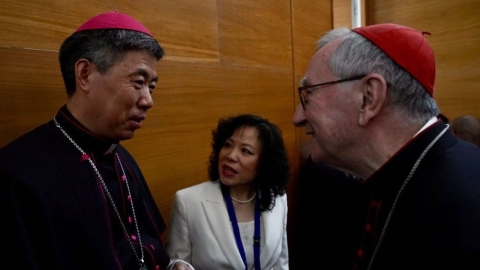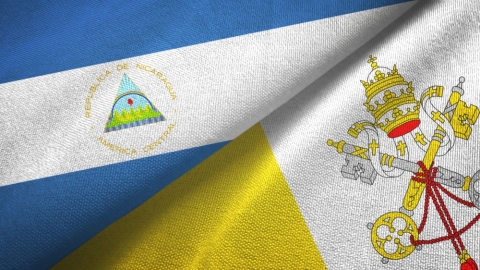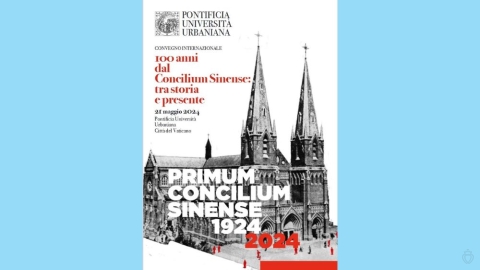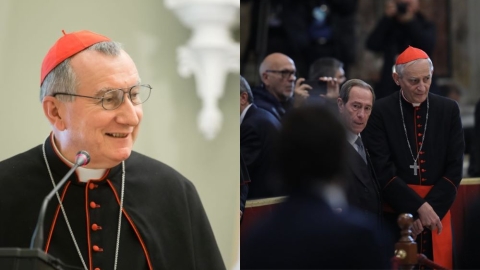Behind the Scenes of the Synod’s First Week

Cérémonie d’ouverture du synode
The words of Cardinal Müller, the question of wearing clerical clothing during sessions, session photos of Fr. James Martin, and COVID-19: the first week of the Synod on Synodality was not short on stories.
The former Prefect of the defunct Congregation for the Doctrine of the Faith—rebaptized, within the framework of the Roman Curia, as the Dicastery for the Doctrine of the Faith (DDF)—became a topic of conversation during the first week of the Synod on Synodality, which opened in Rome on October 4, 2023.
In his interview with EWTN last year on October 6, 2022, Cardinal Müller warned of a “system of self-revelation” that “is a hostile takeover of the Church of Jesus Christ” and that with such an agenda, “they think that doctrine is only like a program of a political party, who can change it according to their voters.”
On October 12 of this year, Müller broke the requirement of “fasting from public speech” expressly asked of the participants by the Supreme Pontiff during the time of the discussions.[JO1] The cardinal appeared on the German Catholic media platform KNA, this time lamenting the clothing choices of clerics during the discussions: the elevated German prelate is in fact one of the few bishops or religious present to dress in the garb appropriate to his rank.
“The Synod has a religious dimension and must not be mistaken for a shareholder meeting in the lounges of a five-star hotel,” said the former “guardian of the Faith,” who was astonished to see his colleagues in “civilian clothes” or even in “sportswear”: “Perhaps it’s in order to look poor or not be distinguished from the laity,” he added, a bit sardonically.
It’s important to note on this point—as on a number of others—that the Synod demonstrates a great flexibility: the internal rules do not call for to prelates to wear the cassock and the calotte—violet or crimson—except during the first and last sessions of the Synod.
Fr. James Martin also generated talk about himself on “X” (formerly Twitter). The Jesuit who carries the standard of “inclusivity” and the homosexual cause at the Synod had a photo taken of himself with Cardinal Müller, whose ideas he is far from sharing. His comment was at the very least ironic: “Please keep all of us in your prayer as we pray and dialogue together.”
COVID-19 also made its appearance at the Synod, even as far as infecting the official information portal of the Vatican: on October 9, an Italian article in Vatican News reported that 118 Synod participants had tested positive for coronavirus, an assertion attributed to Cardinal Mario Grech, Secretary General of the Synod.
The information was incorrect: though 15 members were absent, only 4 of that number were affected by COVID; the others—among them heads of the dicasteries—were unable to attend for professional reasons.
Pope Francis, whose seat also remained empty this week, was detained “by unforeseen engagements” and did not “have COVID,” the Press Office of the Holy See hastened to clarify.
However, in this period of “fasting from public speech,” the discovery of a “loophole” in information security was the most troublesome element for all—and quite a steal for those who discovered it (though they remain unidentified) and for those who profited from it, such as the journal The Pillar, which reported the problem.
(Sources : KNA/The Pillar/EWTN – FSSPX.Actualités)
Illstration : Vatican media, capture d’écran





